The Resilient Roots: Agriculture in Nepal 🇳🇵

Krishiban
21 May, 2025
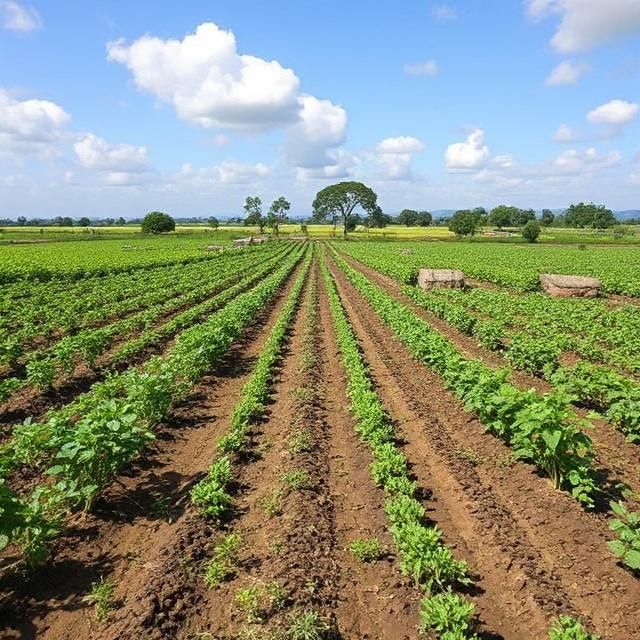
182 Views
Agriculture is the backbone of Nepal's economy, engaging more than 65% of the population and contributing to over 27% of the national GDP. From the high Himalayan terrains to the fertile Terai plains, Nepal’s geography supports a diverse range of crops.
Key Crops in Nepal:
- Rice
- Wheat
- Maize
Millet- Potato
Jute (declining)
“Farming is not just a livelihood in Nepal — it’s a way of life.” – Local proverb
🌱 Traditional vs. Modern Practices
While traditional tools like the halo (plough) and kodalo (hoe) are still used in hilly regions, modernization is slowly taking root. Government schemes aim to boost productivity through:
- Subsidies
- Irrigation projects
Digital soil mapping- Agri-technology training
However, many farmers still lack access to modern equipment and finance.
🐄 Livestock & Mixed Farming
Nepali farmers often follow an integrated farming system combining crops with animals like:
- Cows
- Buffaloes
Goats- Chickens
This approach ensures food security and efficient use of land and resources.
🚜 Challenges Ahead
Nepalese agriculture faces numerous challenges:
- Climate change
- Youth migration
Limited mechanization- Market access
Overuse of chemical fertilizers
🌻 Hope Through Innovation
From rooftop farming in Kathmandu to agro-tourism in Pokhara, young entrepreneurs are reimagining agriculture. Platforms like Krishi Guru and apps like Smart Krishi are educating farmers digitally.
“The future of agriculture in Nepal is smart, sustainable, and community-driven.”
🌾 Conclusion
Agriculture in Nepal is rich in tradition, diverse in practice, and ripe with potential. By combining ancestral wisdom with modern science, the nation can cultivate a more food-secure and prosperous future.
Related Blogs
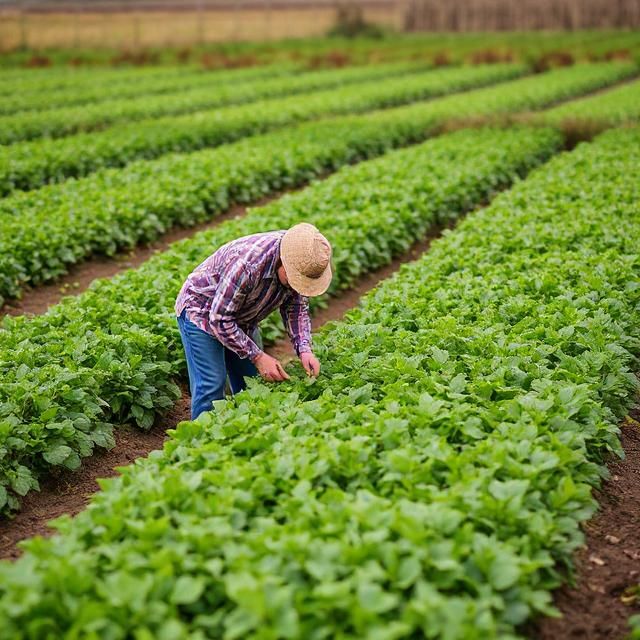
How to Beat Procrastination Using the 2-Minute Rule
25 May, 2025
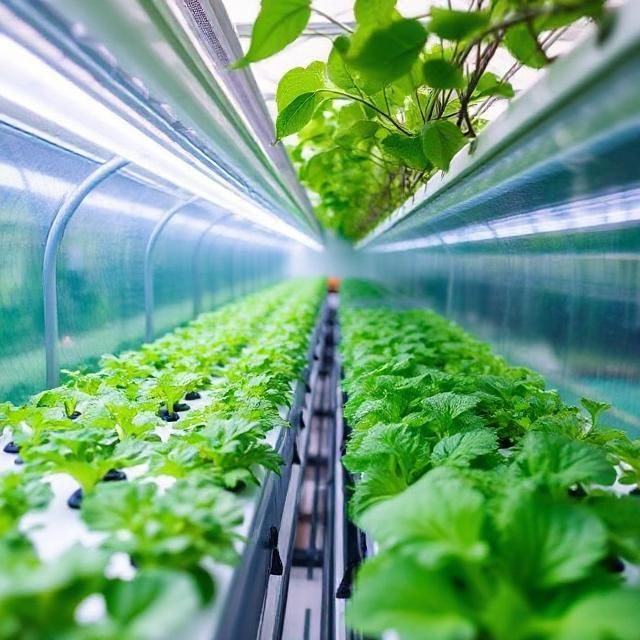
Top 7 Chrome Extensions for Developers in 2025
25 May, 2025
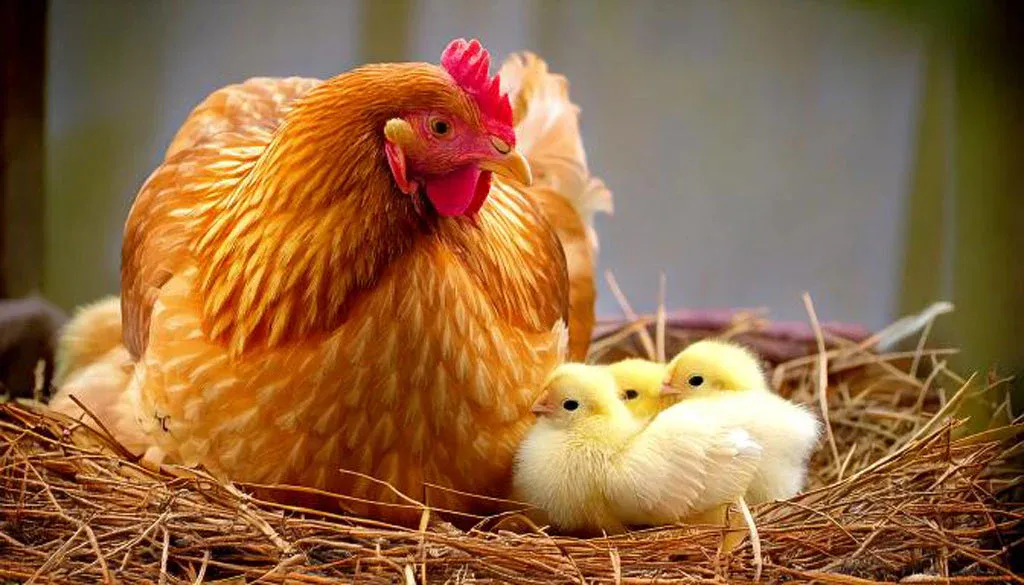
The Art of Saying “No” Without Feeling Guilty
25 May, 2025
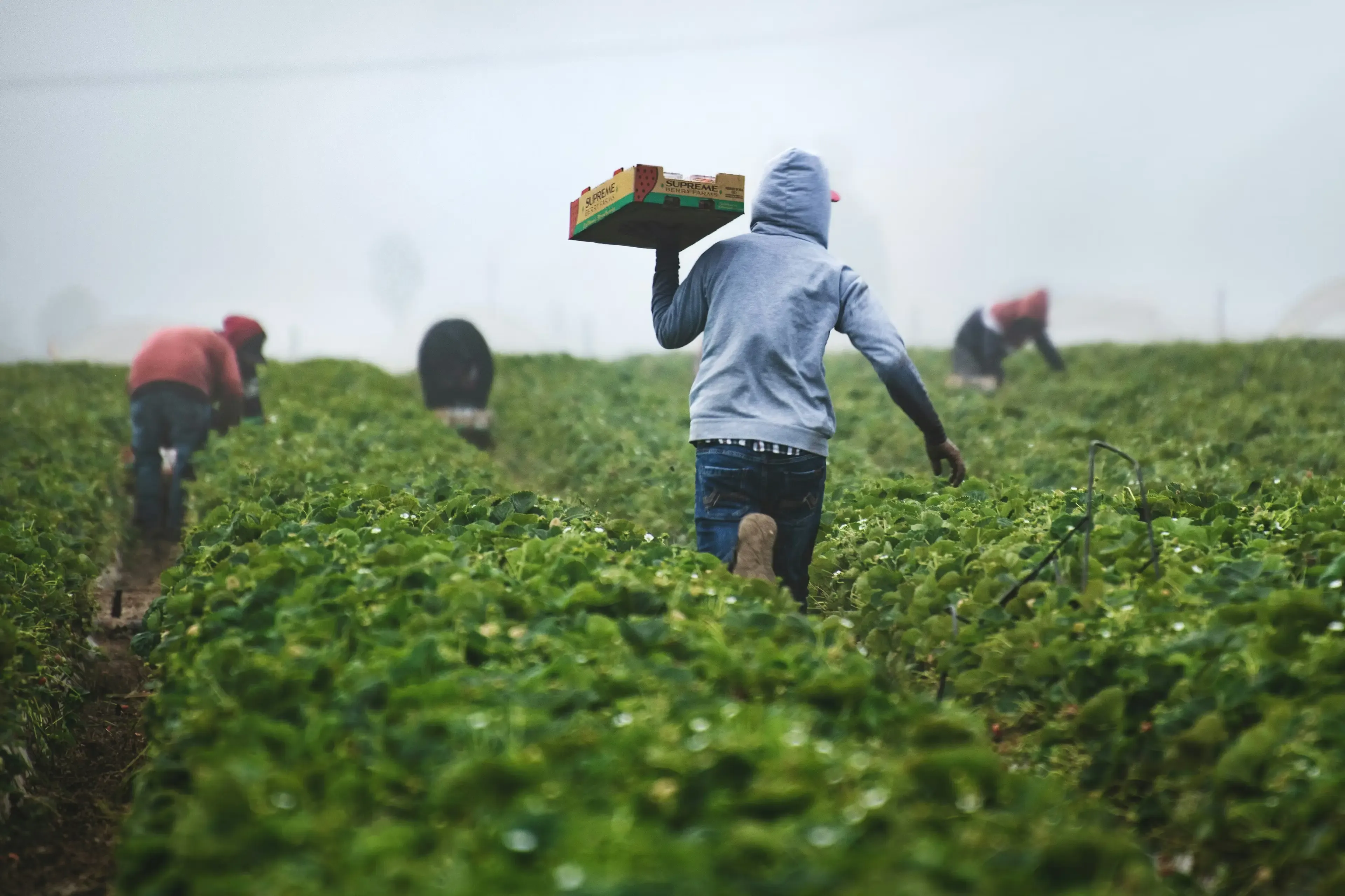
शीर्षक: बर्नआउटको सत्य र समाधान
25 May, 2025

विकासकर्ताहरूले डिजाइन किन बुझ्नुपर्छ?
25 May, 2025

शीर्षक: व्यक्तिगत ब्रान्ड कसरी बनाउने?
25 May, 2025

२०२५ मा नो-कोड उपकरणहरूको बढ्दो प्रयोग
25 May, 2025

दैनिक बानीहरूको मौन शक्ति
25 May, 2025

How to Build a Personal Brand from Scratch
25 May, 2025

Mastering Focus in a World Full of Distractions
25 May, 2025

The Rise of No-Code Tools in 2025
25 May, 2025

The Silent Power of Daily Routines
25 May, 2025

Why food origins matter for a sustainable futures
25 May, 2025

The Resilient Roots: Agriculture in Nepal 🇳🇵
21 May, 2025

दिगो भविष्यको लागि खाद्य उत्पत्ति किन महत्त्वपूर्ण छ ।
21 May, 2025

Why food origins matter for a sustainable future
20 May, 2025